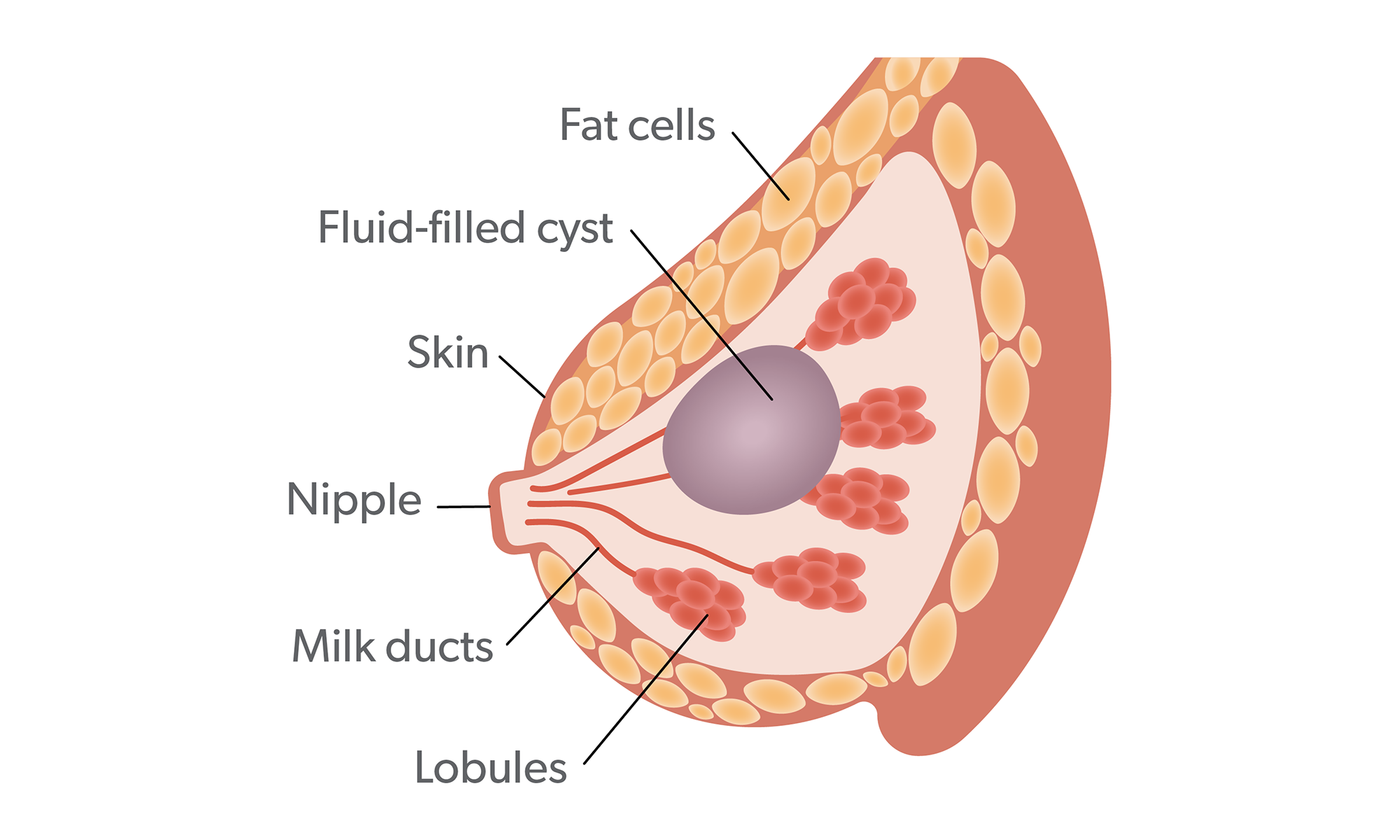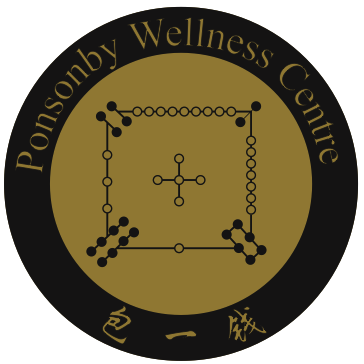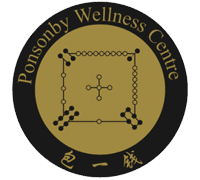Breast Lumps
A breast lump is a localised swelling or mass that forms in breast tissue. The lumps can vary in size, texture, and characteristics. According to the Breast Cancer Foundation NZ, the most common cause is a fibrocystic change in women ages 30-50 years old.
What are the causes?
There are many causes of breast lump, and they may or may not be related to breast cancer.
According to the Breast Cancer Foundation NZ, the most common cause is a fibrocystic change in women ages 30-50 years old. This change is because the normal monthly changes in hormonal level causes some breast tissue to overreact, leading to scarring (fibrosis), and when this occur around ductal areas, it can block the duct and cause tiny cyst to form.

Another cause is breast cyst, which are fluid filled sac inside the breast due to the normal changes in oestrogen hormone levels. The oestrogen level changes during the menstrual cycle, causing a fluid production. This cyst development is most commonly seen in women over 35 year old, and development can occur naturally.

Other is fibroadenomas, which is a benign (non-cancerous) type of cancer characterised as a lump found in the lobule, these are gland that hold the milk, the duct, these are where milk travel out, and fibrous tissue, these holds breast in shape. Fibroadenomas occurs when the tissue in lobule outgrows and hardens, with some women having more than one. This is also related to the level of oestrogen, and the hormone is high in level at puberty, pregnancy, breast feeding or taking hormone replacement, thus fibroadenomas can occur at any age but more likely during the reproductive age around 15-40 years old.

In summary:
- benign (non-cancerous) lump causes: the most two common causes are cysts and fibrocystic changes. Cyst are fluid-filled sacs that can form in the breast tissue, whereas fibrocystic changes lead to tissue scarring and blockage of ducts, leading to cyst formation.
- malignant (cancerous) causes: the most concerning cause of lumps are breast cancer. Breast cancer can create a lump and change the skin or shape of the nipple.
Most of the non-cancerous causes will shrink overtime, however, if they become painful and larger, further scan and checks are required.
How do I know that I have a lump?
Most commonly, the physical trait of a breast lump is:
- a noticeable lump or mass in the breast or underarm area – can sometimes be felt as a large, solid-feeling lump that moves under the skin.
- changes in breast size, shape or appearance
- pain or tenderness in the breast
- an area of skin changes, like redness or dimpling like an orange
- discharge/fluid leaking from the nipple that is other than breast milk
If you have the above symptoms, please reach your GP or clinician, this is because sometimes breast lumps are a symptom of breast cancer.
Current treatments
Sometimes breast lumps goes down by itself, and sometimes it requires treatment. There are many different types of treatment that are offered depending on the characteristic of the breast lump you may have. Some treatment options include:
- antibiotics for breast infection
- hormonal therapy
- fluid drainage for a large and painful breast cyst – uses a needle and syringe
- biopsy – characterisation of the mass and see if its suspicious for cancer
- surgical removal – this is more invasive as it needs surgical removal of the lump.
Acupuncture as a non-invasive treatment
Acupuncture has been widely used in hospitals of China to treat breast lumps and mammary gland hyperplasia (this is the overgrowth of breast cells – pain and breast lumps in the breast).
According to Dr.Virginia, the women’s reproductive system is related to blood flow, which is in term regulated by organs such as the kidney, liver and the uterus. Thus, a disturbance in blood flow and a disregulation by the organs, result in diseases, such as breast lumps. In terms of Traditional Chinese Medicine, inadequate blood flow will disturb Qi (energy), and this can trigger the excess growth of breast cells, furthermore, the cells cluster and forms lumps.
Acupuncture as a non-invasive treatment, aims to regulate the blood flow, thus balancing body Qi. When this is balanced, the breast cells can then normally grow and proliferate at a steady rate. The acupuncture points can be inserted proximally, or distally, and this all depends on the individual body diagnosis.
During your consultation, our practitioner will go through tongue/pulse reading, current medications on, any family history or previous surgeries, lifestyle factors and other information for an appropriate treatment. It is always preferred to check with your health practitioner and complete a scan to ensure the breast lump is benign (non-cancerous).
Contact Us
You can also book an appointment with our expertise acupuncturist here
Contact us via:
phone number: 021 2159963
email address: ponsonbywellness@gmail.com
Our Location
57 Sussex St
Grey Lynn
Auckland 1021


